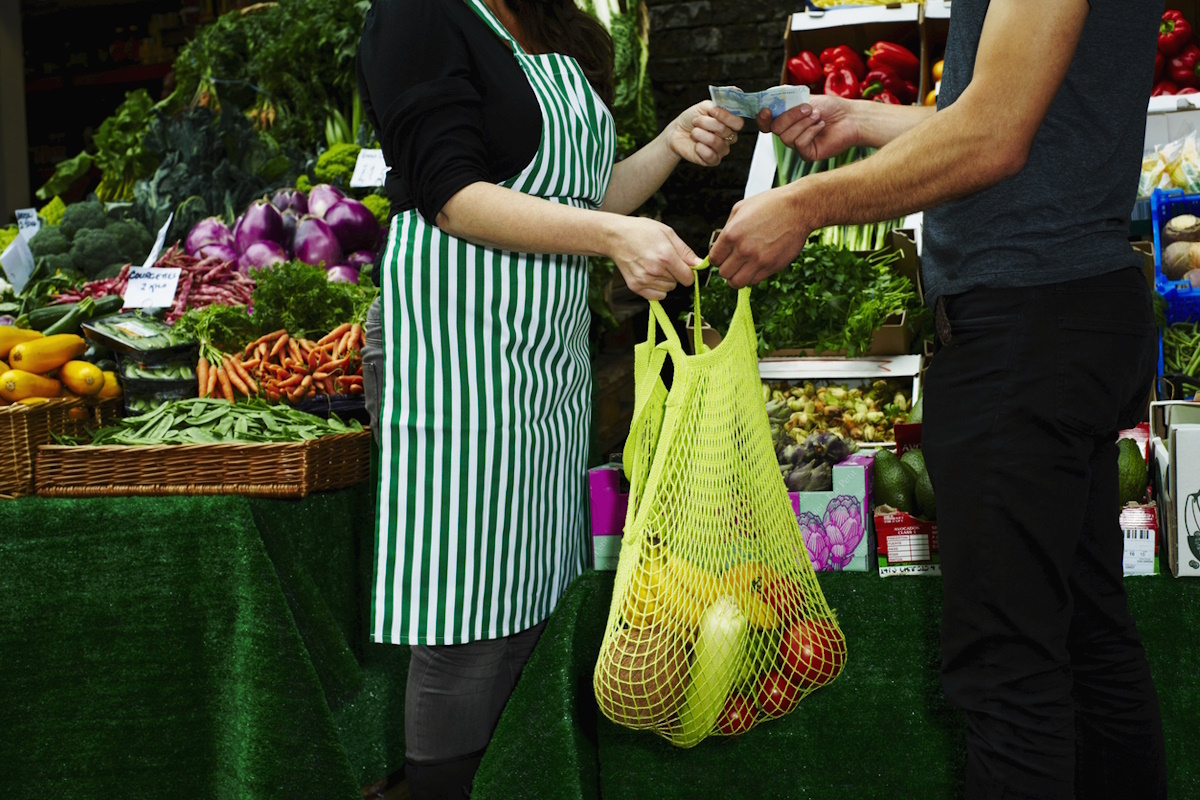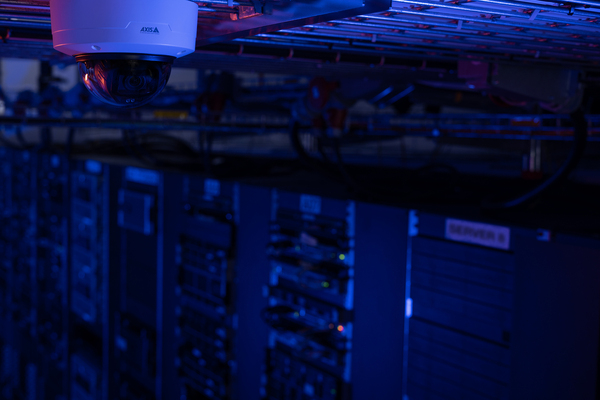Solving the food inflation crisis

Justin at RedCloud Technology explains that distribution is the root cause of the food inflation crisis but that open commerce can help farmers and retailers alike to manage this issue
Los Galgos restaurant in Buenos Aires, Argentina is famous for its steak. But recently owner Julian Diaz has been forced to put other dishes such as lamb and fish on the menu as the price for many cuts of beef has risen by 50%. Overall, food inflation in the country has soared by 86.6% in September 2022, according to Statista.
Millions of people have been hit hard by the food inflation crisis. UK shoppers now have to fork out an extra £837 on their average annual bill after grocery inflation peaked at 17.5%, according to Kantar. Topping the global rises were everyday household products such as cheese, milk and eggs.
Consequently, three billion people can’t afford to eat healthily. Worse still, that number could climb even higher by the end of this year.
Lower-middle-income countries are feeling the brunt, with the World Bank reporting that more than 90% have been hit by high inflation rates. As essential consumer goods continue to skyrocket, Africa, Latin America, and South and Central Asia are feeling it the most.
Rising production costs are the obvious candidates for these sky-high prices. Rather, it’s the outdated and inefficient trading and distribution methods that are the real drivers. For example, most consumer goods are still traded offline, despite global online connectivity being greater than ever.
The cost of goods has been driven up significantly by poor supply chain management, fractured relationships across distribution networks, outdated manual processes and reliance on legacy tech. Recent research from Lloyd’s has found that 25 - 30% of all global food is lost between farms and retail stores – a shocking statistic, given that up to 205 million people are expected to face acute food insecurity across 45 countries.
That’s why a complete overhaul is needed of the global food supply chain and distribution industry. But it can’t just be done overnight. It requires food production and distribution businesses to harness the power of technology and the internet to reduce inefficiency and, consequently, food prices.
Rising food prices for a decade
But this is nothing new. Food prices have been on the rise for more than a decade, according to the Food and Agriculture Organization (FAO). Another report from the International Monetary Fund reveals that food inflation alone has eroded global living standards at the same rate as inflation of all consumption did in the five years before the COVID-19 pandemic (2016-2020).
Perishable goods in developing countries are a striking example of how distribution failures are exacerbating the food crisis. A World Bank report estimates that, in Sub-Saharan Africa, post-harvest losses for fruits and vegetables can be as high as 30% due to poor handling, storage and transportation practices. This has a knock-on effect of pushing up food prices and severely impacts food security in the region.
What’s more, small businesses are being squeezed out by large corporates and established brands such as Amazon due to their control of the market and the supply chain. As independent businesses has gone into reverse, with small retailer numbers declining by 65,000 between 2007 and 2017, so Amazon has continued to prosper.
Finance and technology holding farmers back
These distribution and supply chain problems are further compounded by the lack of access to finance and technology amongst both farmers and small businesses across the supply chain.
Developing nations produce much of the world’s food. Yet, approximately 70% of all smallholder farmers there lack access to adequate financial services. This hinders their ability to invest in and expand their businesses, as well as to eliminate food waste, and thus help to mitigate the food crisis.
For example, many farmers are forced to rely on cash payments for their produce. Because they have no access to a bank account, they are excluded from the mainstream financial system. Without access to financial tools such as insurance to protect their farms when things go wrong, they are extremely vulnerable to financial shocks. It also prevents them from reaching their full potential.
But by adopting technology across the entire supply chain to improve how goods are distributed and paid for could help to make food more widely available to those who most need it. In this vein, there are many viable solutions available to help farmers, such as smart process automation, remote monitoring, supply chain planning and digital payments.
Yet, these technologies are inaccessible, unaffordable and can’t be used by those that really need them. Many also become redundant as soon as they’re launched. According to research by McKinsey, many digital solutions struggle to scale and fail to improve the lives of farmers and other end users, with most applications having less than 30% active users.
The Open Commerce solution
Collectively, all of these problems have created a perfect storm. This is preventing millions of consumers from accessing the goods that they need at affordable prices. This dire situation will only worsen if something isn’t done to address the problem.
There is no silver bullet solution, unfortunately. But it’s clear producers and sellers need access to innovative and easy-to-use technology. One such solution is Open Commerce technology. It’s designed to connect buyers and sellers of essential consumer goods directly so that they can trade fairly and equitably.
Justin Floyd is CEO of open commerce platform RedCloud Technology whose platform is currently helping more than 200,000 merchants buy essential consumer goods directly from thousands of brands, unlocking a new way of trading for the next billion retailers and ensuring that essential food products are always available on every retailer’s shelf.
Main image courtesy of iStockPhoto.com

Business Reporter Team
You may also like
Related Articles
Most Viewed
Winston House, 3rd Floor, Units 306-309, 2-4 Dollis Park, London, N3 1HF
23-29 Hendon Lane, London, N3 1RT
020 8349 4363
© 2025, Lyonsdown Limited. Business Reporter® is a registered trademark of Lyonsdown Ltd. VAT registration number: 830519543





